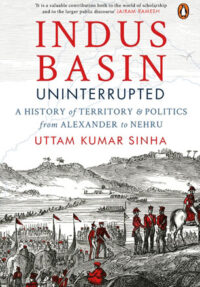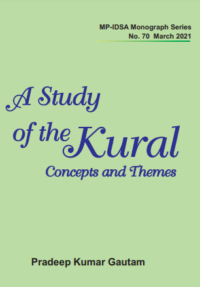One Hundred Years of Kautilya’s Arthasastra
This work establishes the need for relevance of Kautilya's Arthasastra to contemporary security studies. The paper provides an overview and an update of various academic and scholarly controversies on its age and authorship, and also on the misperceptions which abound on Kautilya himself.
Water Sector in Pakistan: Policy, Politics, Management
This monograph undertakes a descriptive analysis of the water sector in Pakistan and underlines issues related to Pakistan’s water policies, politics and management practices. It argues that domestic water management is perhaps one of the key areas which requires urgent attention in Pakistan.
Climate Change Narratives: Reading the Arctic
In an interconnected world with interlinked issues, understanding Climate Change and the Arctic and exploring the intersection between the two is extremely important. The monograph addresses Climate Change as a security risk; as a geopolitical orientation and as an energy challenge, and maps the impact of these narratives on the Arctic.








